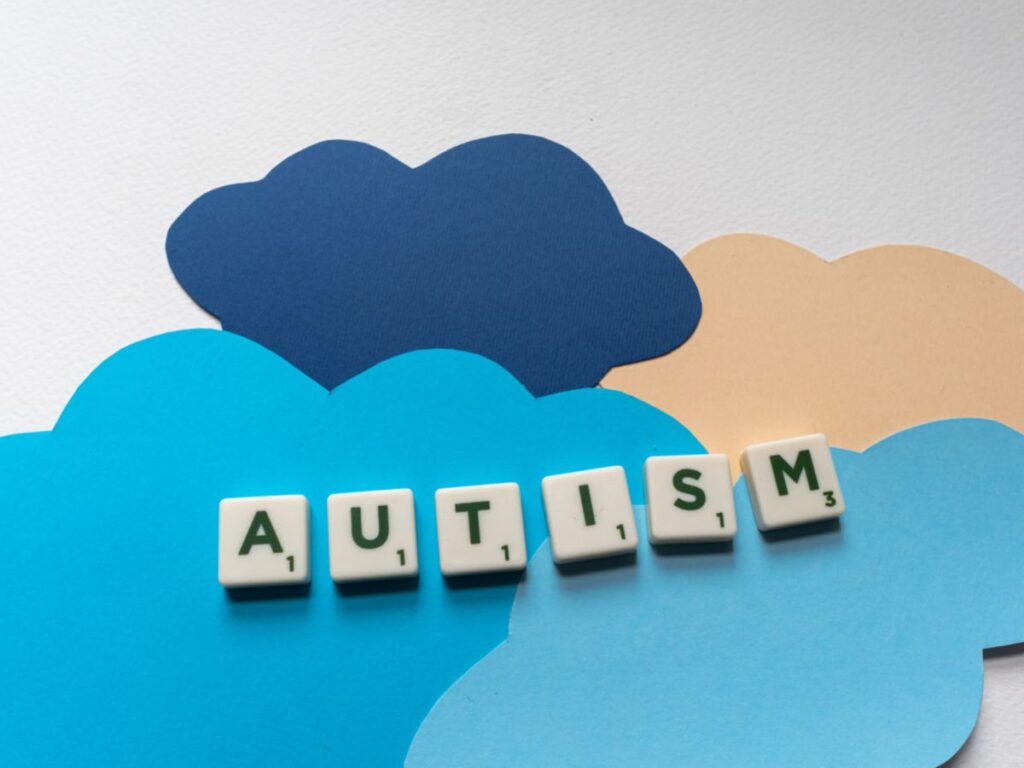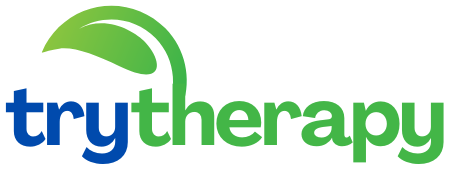Autism is one of those topics that feels both widely discussed and deeply personal at the same time. I remember the first time I met a child with autism; their intense focus on spinning a toy car’s wheels fascinated me, but their struggle to make eye contact left me unsure how to connect. Did you know that early intervention can dramatically improve outcomes for children with autism? That moment sparked my curiosity about Autism Spectrum Disorder ASD, and over time, I’ve realized how much nuance exists beneath the surface.
What Does Autism Really Look Like?

The term “spectrum” is thrown around a lot, but what does it actually mean? Well, imagine a kaleidoscope no two patterns are the same. Some individuals with autism might recite entire movie scripts but struggle to hold a conversation. Others could be hypersensitive to sounds a blender’s whir might feel like nails on a chalkboard or seek deep pressure hugs just to feel grounded.
I once spoke to a mom who noticed her toddler wasn’t responding to his name, just one of the early signs of autism that can appear before age three. Delayed speech, repetitive movements like hand-flapping , or an obsession with routines are other red flags. But here’s the thing: autism does not mean a lack of intelligence. Some kids excel in math or art, while others communicate best through assistive technology.
Getting a Diagnosis: Why It Matters
If you suspect autism, getting an evaluation is crucial. A team of specialists developmental pediatricians, speech therapists, psychologists will assess behavior, communication, and sensory responses. Early diagnosis of autism can open doors to therapies that improve social skills, communication, and independence. The sooner support begins, the better the long-term outcomes.
But let’s not sugarcoat it. The process can be overwhelming. Waitlists are long, especially in rural areas, and some families battle insurance hurdles. Still, persistence pays off. I’ve seen kids who started therapy at two years old make strides that seemed impossible at first.
Treatment Options That Actually Help
There’s no “cure” for autism, and honestly, that’s okay. The goal is empowerment, not “fixing” someone. Applied Behavior Analysis ABA therapy is a common approach, using positive reinforcement to teach skills. Some critics argue it’s too rigid, but when done right, it can help with everything from toilet training to reducing self-harm behaviors.
Then there’s speech therapy because communication isn’t just about words it’s gestures, pictures, or typing too and occupational therapy for sensory struggles. Medication? Sometimes, for anxiety or ADHD symptoms, but it’s never a one-size-fits-all solution.
Schools, Support, and Changing Perspectives
Education is another battlefield. Some kids thrive in inclusive classrooms with visual schedules and noise-canceling headphones. Others need specialized schools. The key? Advocacy. I’ve met parents who’ve fought for IEPs Individualized Education Programs like warriors because their child deserved a fair shot.
And here’s where the neurodiversity movement comes in: it’s not about “overcoming” autism but embracing it. Think of it like this: society doesn’t “fix” left-handed people; we give them left-handed scissors. Why not the same acceptance for autistic minds?
Final Thoughts: Beyond Awareness
Autism awareness is growing, but we need autism acceptance and action. Whether it’s pushing for better insurance coverage, educating teachers, or just being patient with a nonverbal child in the grocery store, small steps matter.
So if you’re a parent wondering, “Will my child be okay?” take a breath. With the right support, autistic individuals build careers, friendships, and lives full of meaning. And isn’t that what we all want?
References:
Centers for Disease Control and Prevention. (2023). Autism Spectrum Disorder (ASD). https://www.cdc.gov/ncbddd/autism/index.html](https://www.cdc.gov/ncbddd/autism/index.html
Lord, C., et al. (2020). Autism spectrum disorder. Nature Reviews Disease Primers, 6(1), 1-23. https://doi.org/10.1038/s41572-019-0138-4
National Institute of Mental Health. (2023). Autism Spectrum Disorder. https://www.nimh.nih.gov/health/topics/autism-spectrum-disorders-asd](https://www.nimh.nih.gov/health/topics/autism-spectrum-disorders-asd

